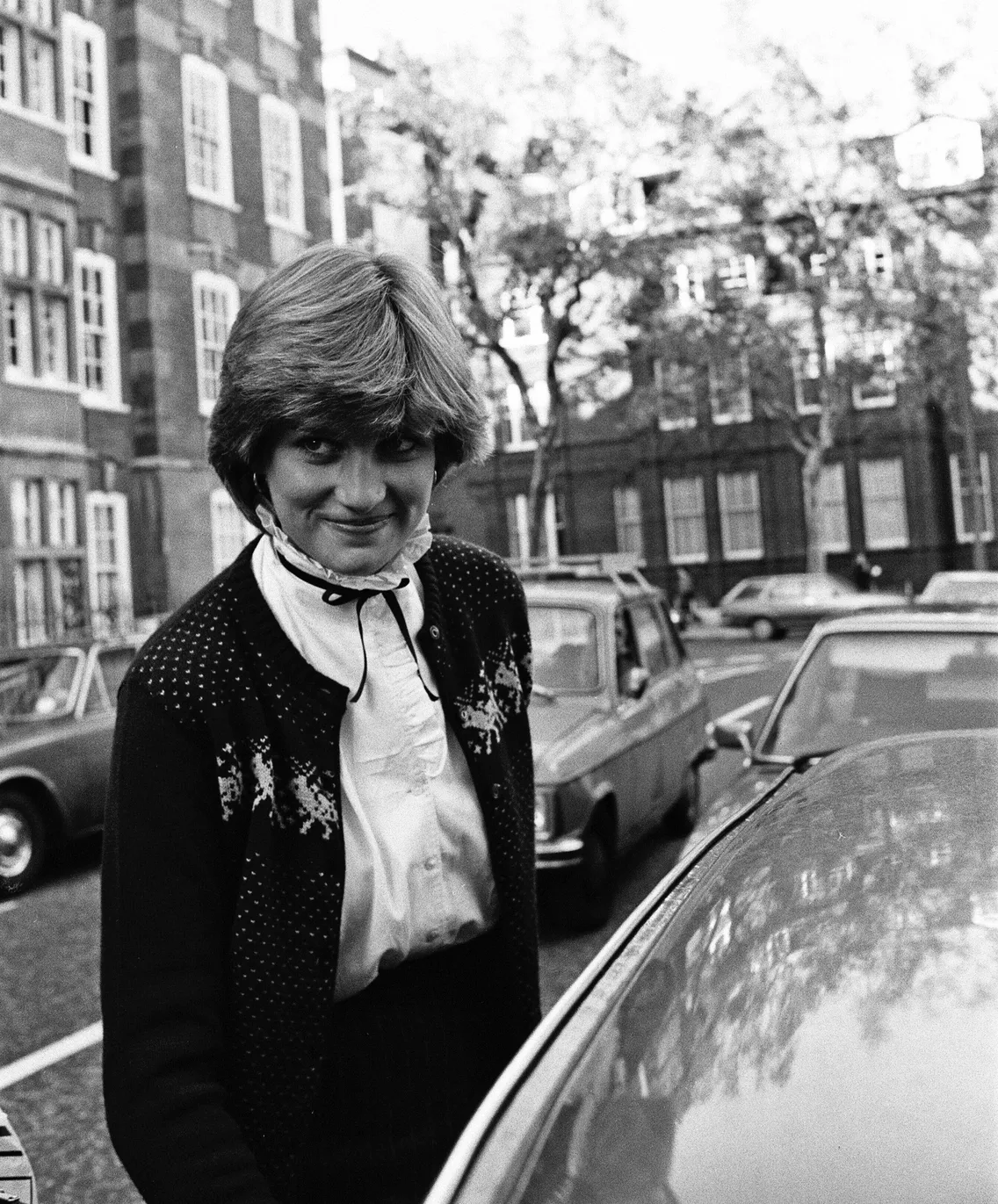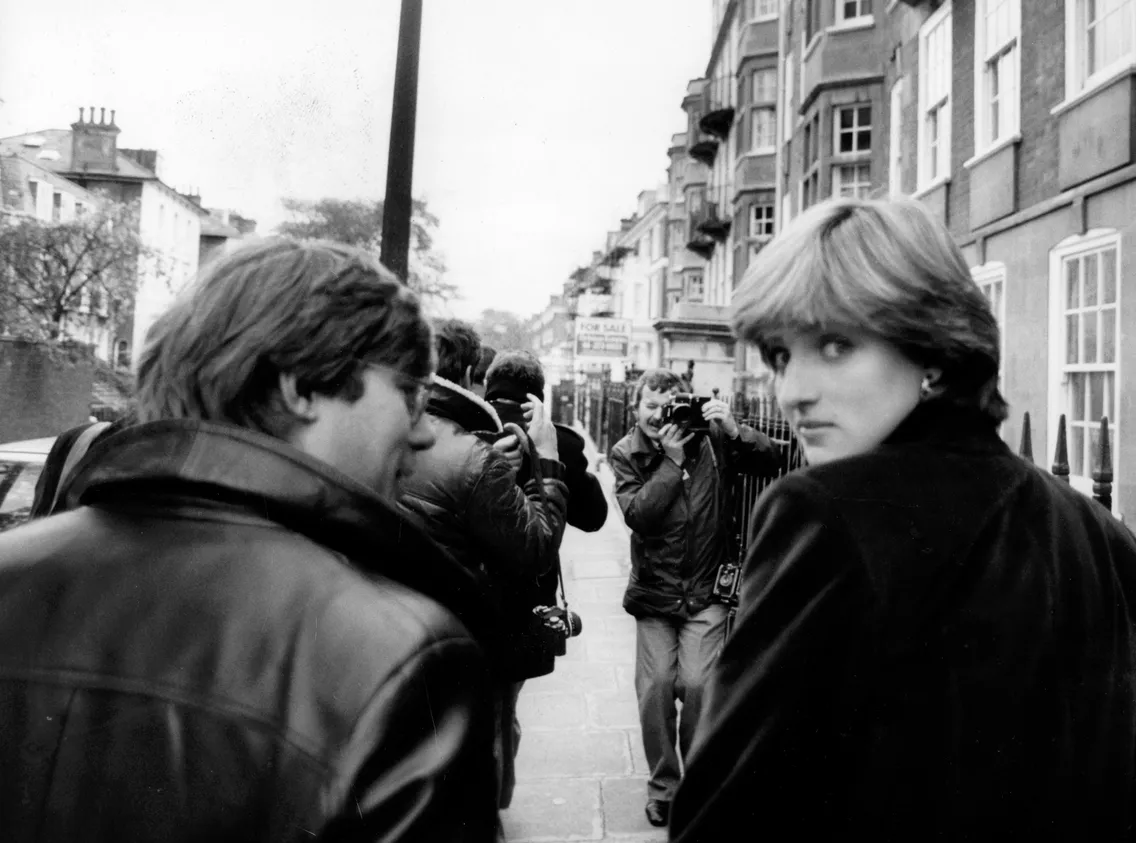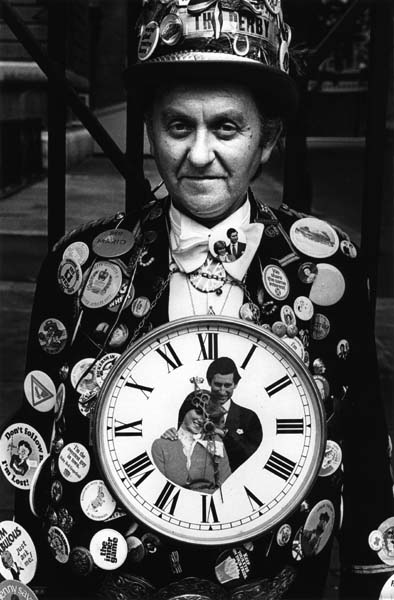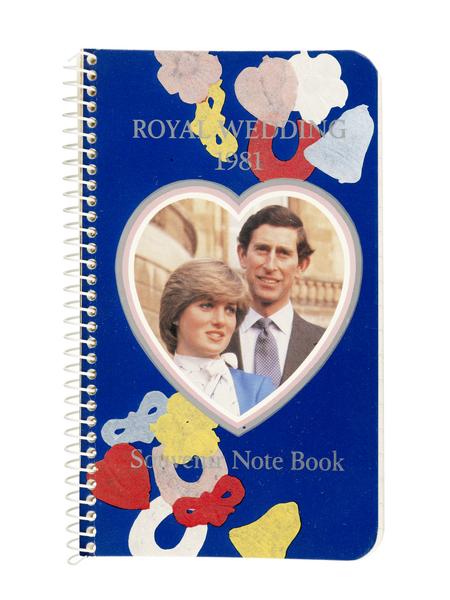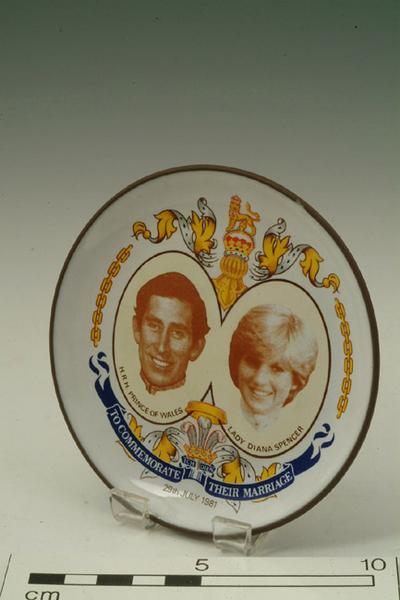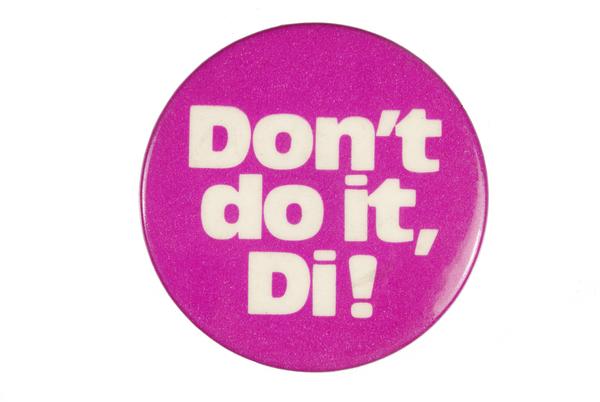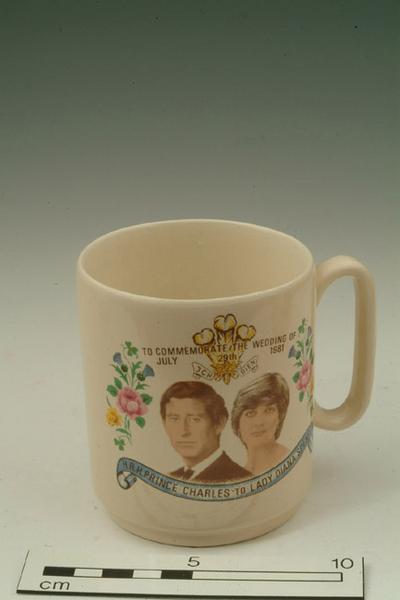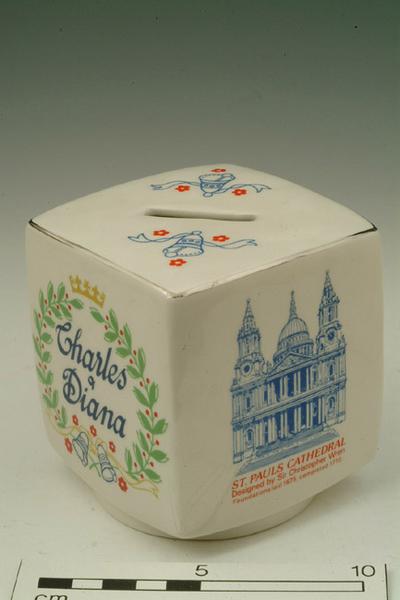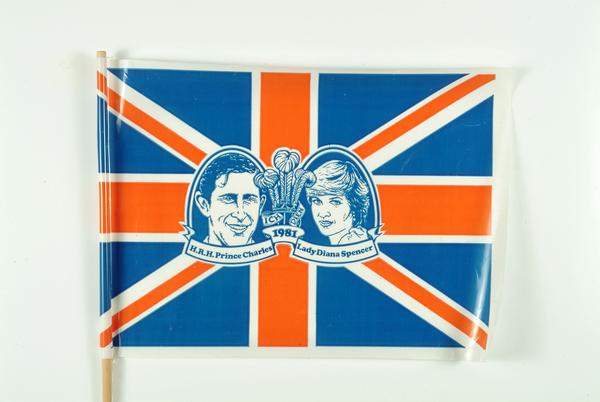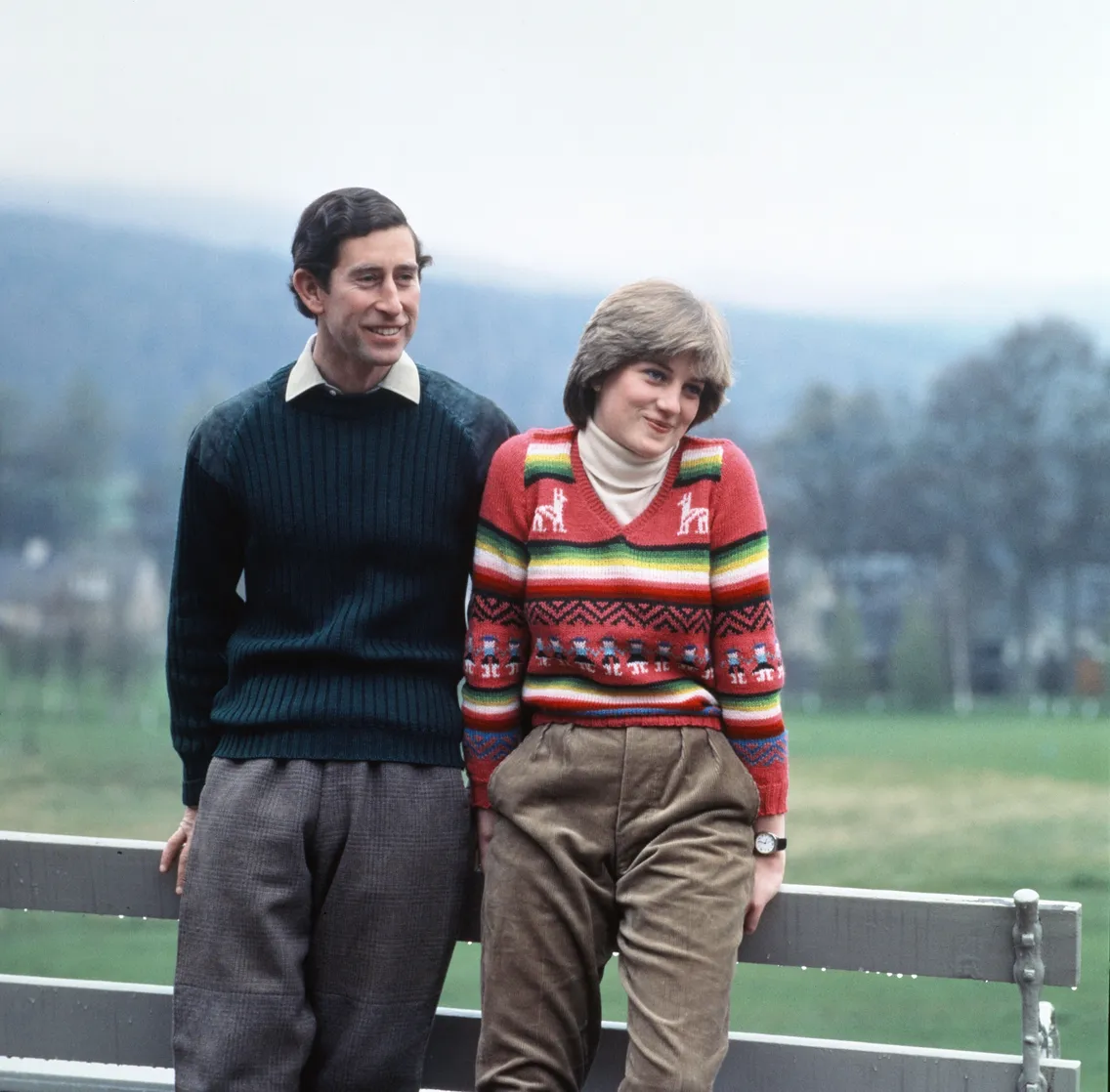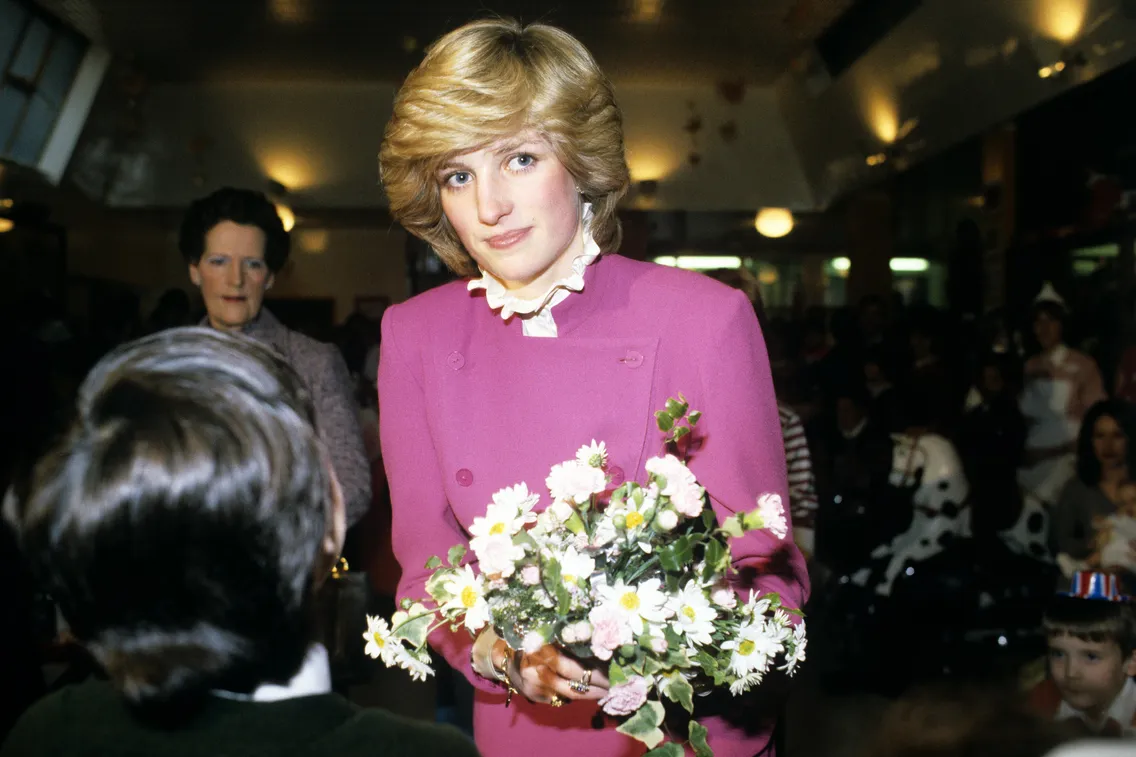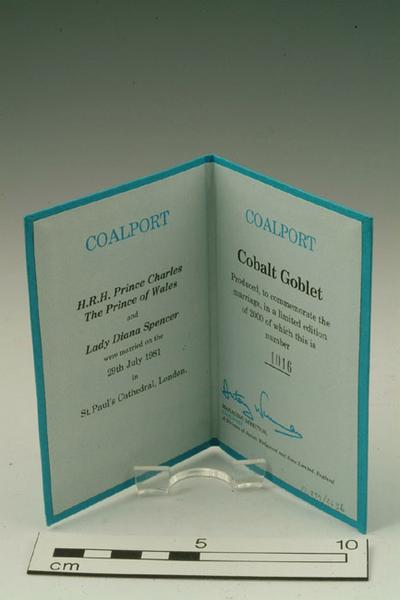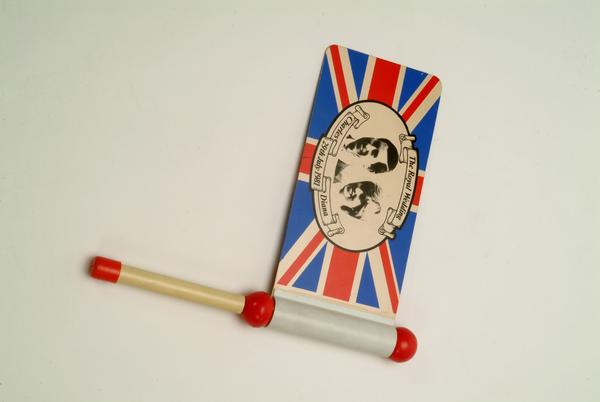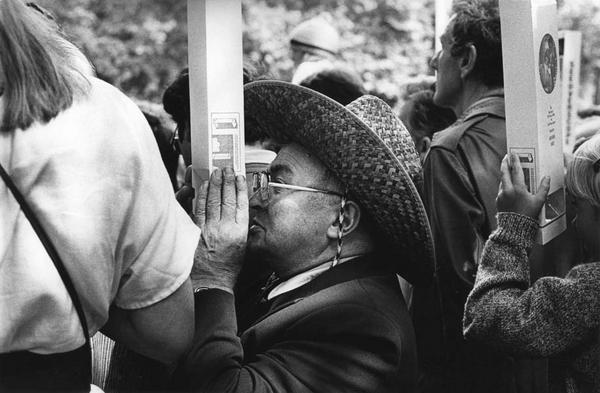Princess Diana: A London look
Princess Diana is probably the most photographed woman of the 20th century. Her image – and particularly her fashion – was influenced by London and distributed around the world.
Kensington & Chelsea
1961–1997
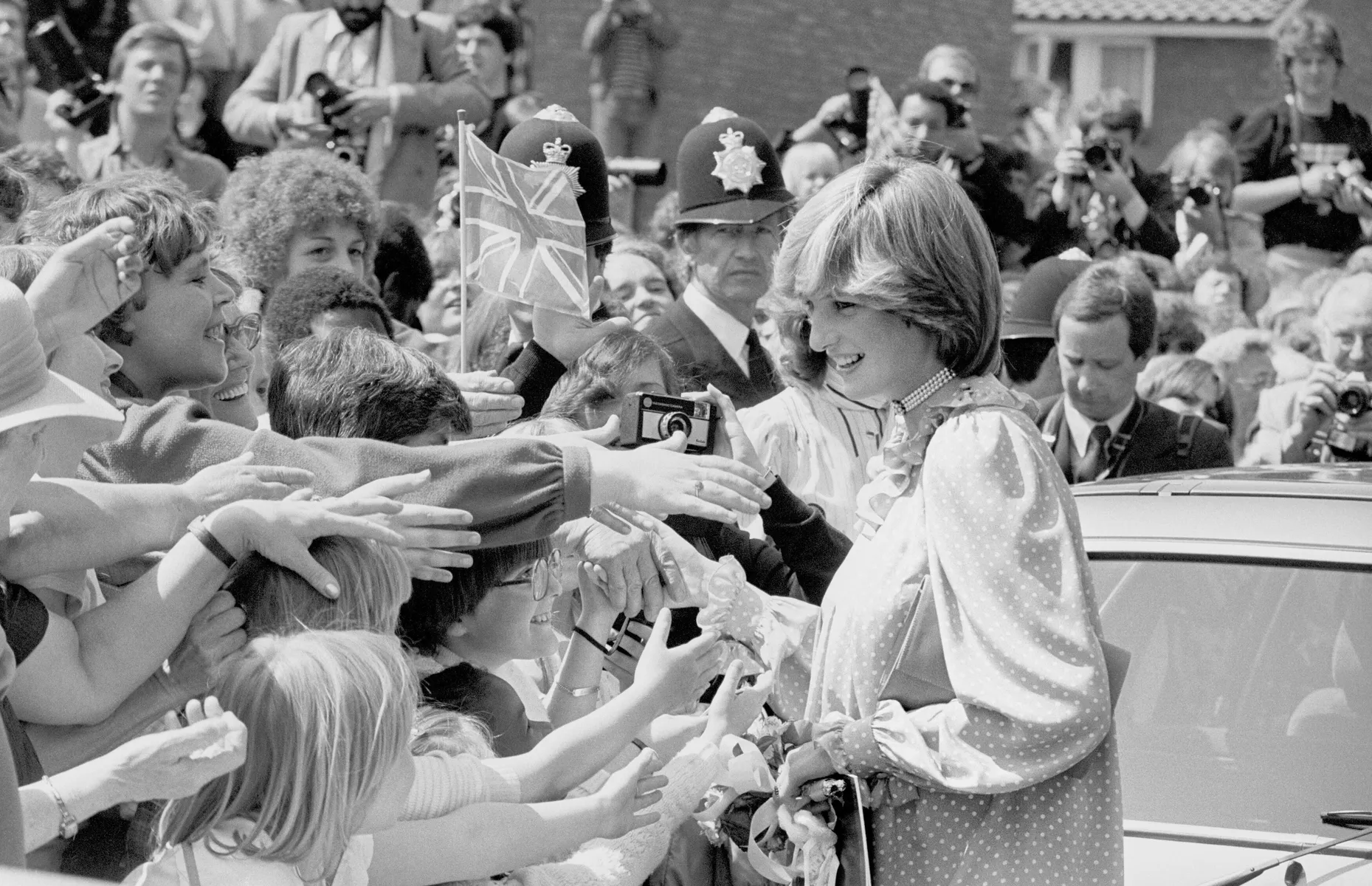
Princess Diana meets the crowd outside a new community centre in south east London.
Diana’s street style
Lady Diana Frances Spencer was born in 1961 to an aristocratic family. She spent her late teens in her Kensington flat mingling in London’s upper class social scene. But when she was 19, she was thrust into the public eye when she got engaged to and later married Prince Charles, now King Charles III.
Diana’s subsequent fame turned her into a celebrity and she was photographed frequently by the press. Her home city wasn’t just the backdrop to her widely distributed image. Both London’s fashion and Diana’s iconic style were tightly intertwined.
Diana the Sloane Ranger
Before she became a member of the royal family, Diana lived in Earl’s Court, Kensington, and worked at a nursery school in nearby Pimlico. When word spread about her romance with the prince in 1980, the press began photographing her on her commute.
She’d be snapped wearing corduroy trousers, v-neck sweaters, blouses with pie-crust collars and gathered skirts. This was the classic ‘Sloane Ranger’ look, a niche fashion named after young, upper-middle class people living around west London’s Sloane Square. It earned her the label of a ‘Supersloane’.
Charles and Diana’s Wedding
Charles and Diana got married on 29 July 1981 at St Paul’s Cathedral. The venue was chosen over the traditional Westminster Abbey to fit the large guestlist – and the hundreds of thousands of people watching along the procession route.
The wedding was broadcast by the BBC to 750 million people in 74 different countries. The enraptured public commemorated the occasion with souvenirs, such as the many mugs and plates in our collection. Diana’s image was everywhere. And London was often the backdrop.
A London fashion icon
Diana knew fashion was crucial for her image as a princess. Throughout her marriage, she used predominantly London-based designers such as Caroline Charles, Bellville Sassoon, Catherine Walker and, on occasion, Hardy Amies. Replicas of her glamorous royal looks could be bought on the highstreet in shops like Marks & Spencer – for a fraction of the price.
“People would ring up and say, ‘Can I have the Lady Di sweater?’”
Photographs of Diana could also boost a designer’s business. After she wore a Peruvian knitted sweater in an 1981 photoshoot, the London shop who sold it had an influx of 500 orders for the same design. “People would ring up and say, ‘Can I have the Lady Di sweater?’,” the owners told the press.
She was also snapped in comfortable clothes taking her sons William and Harry to school, or going to and from the gym. People hadn’t seen a royal in casual sports gear before.
Pursued and relentlessly photographed by the press
Diana could shape her public persona through her style and commissioned photoshoots. But she couldn’t control the ‘paparazzi’ photographers that hounded her on London’s streets since the early days of her relationship.
The press frequently exposed her private life in the news. By the early 90s, rumours of Diana’s and Charles’s affairs circulated in the media. The couple eventually divorced in 1996.
Sometimes she used the media to get across her side of the story. But Diana also spoke about how the press attention was “overwhelming” and “hard to bear”.

A sea of flowers outside Kensington Palace.
The people’s princess
In 1997, on a trip to Paris with her new partner Dodi Fayed, Diana’s driver sped through a tunnel to escape a following group of photographers. The car crashed and Diana, Fayed and the driver, Henri Paul, were all killed.
Her funeral was held at Westminster Abbey on 6 September. The grieving public left a sea of millions of flowers outside Kensington Palace. It was the world’s largest floral tribute according to Guinness World Records.
In a speech soon after her death, the prime minister Tony Blair mourned the loss of “the people’s princess”.

